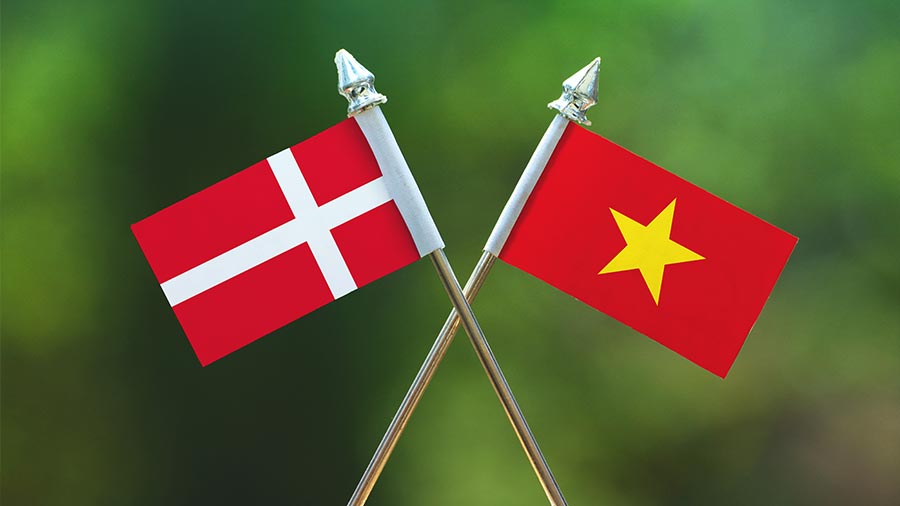Vietnam, World’s Second Largest Garment Sourcing Country
Oct. 14 – Vietnamese garment makers are further intensifying their competition with Bangladesh as it seeks to take an even larger portion of the global clothing market thanks to being on the cusp of being placed within the U.S.-based generalized system of preferences (GSP).
Specifically, the GSP is a trade privilege scheme which has been described by the Office of the United States Trade Representative as “a program designed to promote economic growth in the developing world by providing preferential duty-free entry for up to 5,000 products when imported from one of 127 designated beneficiary countries and territories.”
 RELATED: Dezan Shira & Associates’ Pre-Investment, Market Entry Strategy Advisory Services
RELATED: Dezan Shira & Associates’ Pre-Investment, Market Entry Strategy Advisory Services
By September of this year, Bangladesh had exported US$18 billion worth of products whereas Vietnam had only exported US$13.15 billion. Vietnam’s export number represents an 18 percent increase year-on-year over the previous period. For comparison, Bangladesh saw a 12.69 percent year-on-year increase over the same period.
From 2011-2012, Vietnam saw a yearly increase of just 9.98 percent.
Additionally, in 2001 Vietnam was awarded most favored nation (MFN) status by the U.S. which allows the country to pay much lower tariff rates when trading with the U.S. For comparison, Bangladesh does not have MFN status and must pay a tariff of 15.3 percent on all exports to the U.S., and Bangladesh is also not included in the GSP because of its poor record on labor rights and work-safety measures.
Sadiq Ahmed, vice-chairman of the Policy Research Institute noted that “Vietnam is surely a major competitor for Bangladesh in the global readymade garments business as its performance is going strong.”
Bangladesh has lower labor costs than Vietnam, but Vietnam boasts more flexible policies and has a more conducive infrastructure. The Vietnamese government also provides a number of subsidies to its garment workers such as housing rent relief, whereas Bangladesh provides very little for its workers.
In addition, the minimum wage for entry-level garment workers in Vietnam is double that of what is offered in Bangladesh (i.e., US$80 in Vietnam compared to US$40 in Bangladesh).
Vietnam is now among the world’s top five largest cotton importers, and the country plans to import over 600,000 tons of cotton by the end of 2013. By September of this year, Vietnam had already imported US$846 million worth of cotton – a 35 percent year-on-year increase.
However, U.S.-based consulting firm McKinsey & Company reports that Vietnam will continue to be the second top sourcing country (behind Bangladesh) for international retailers over the next five years despite their growth as of late. The report also notes that currently Bangladesh has 5,000 garment factories throughout the country in comparison to Vietnam’s 2,000 total factories.
You can stay up to date with the latest business and investment trends across Vietnam by subscribing to Asia Briefing’s complimentary update service featuring news, commentary, guides, and multimedia resources.
Related Reading
Vietnam Exports Rise Thanks to Foreign Firms
Economic Zones, Industrial Parks Attract High Investment
Vietnam Seeks Foreign Investment, Restructures Economy
World Bank: Vietnam Growth, Positive Signs
- Previous Article World Bank: Vietnam Growth, Positive Signs
- Next Article ASEAN’s Rising Minimum Wage Levels: Vietnam































